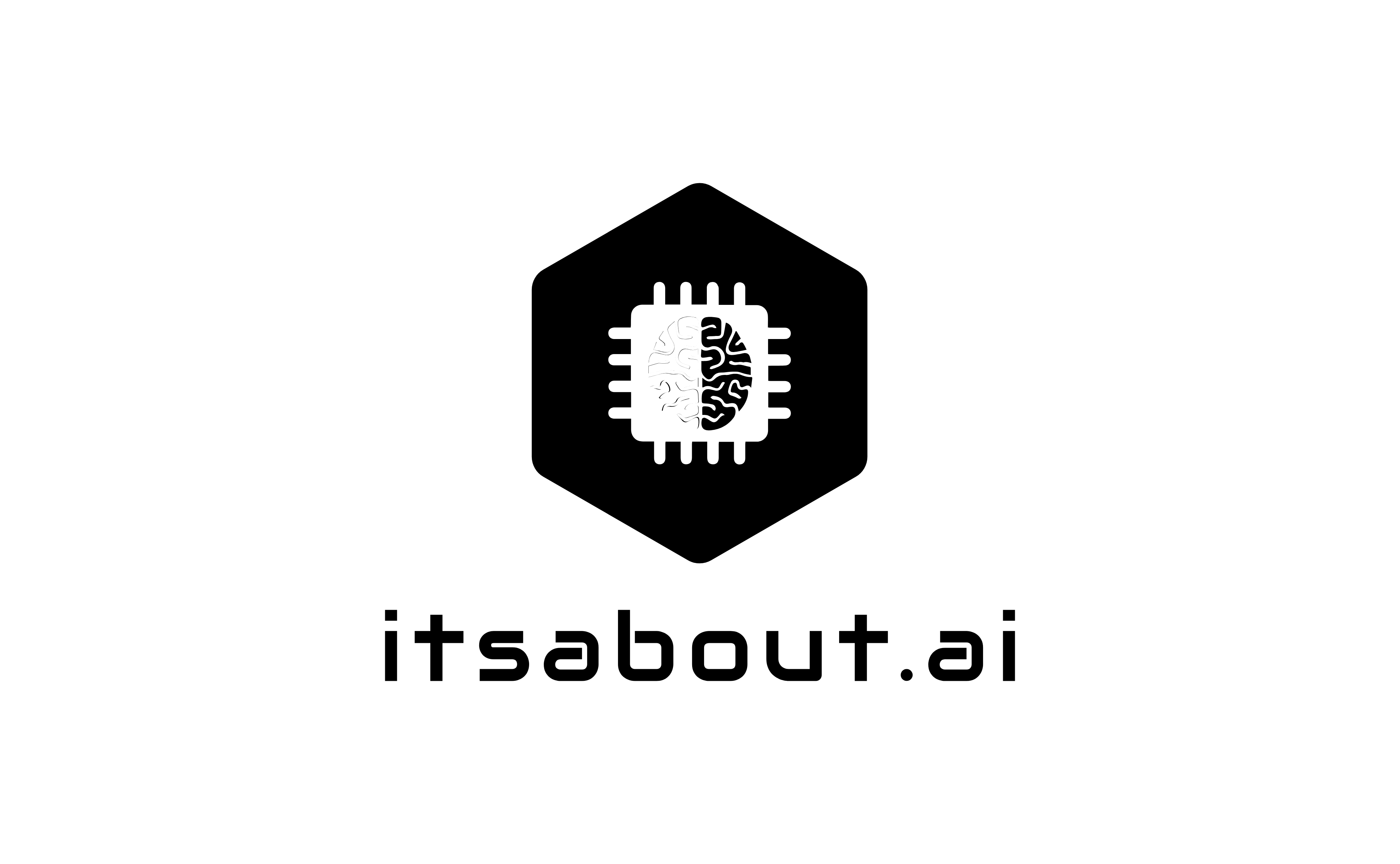Understanding Different Learning Methods in AI

Artificial Intelligence (AI) has transformed the way we interact with technology, enabling automation, decision-making, and predictive analytics across various industries. At the core of AI development are different learning methodologies that dictate how models learn from data. In this blog, we will explore the key learning methods used in AI, their typical applications, how they compare to human learning behaviour, and the compute requirements for each.
AI Learning Methods Comparison Table
| Learning Method | Data Type | Human Learning Equivalent | Typical Use Cases | Compute Requirements |
| Supervised Learning | Labeled Data | Learning through instruction and examples | Image classification, Speech recognition, Fraud detection | CPUs (entry), GPUs (intermediate), TPUs (advanced) |
| Unsupervised Learning | Unlabeled Data | Learning by observation and pattern recognition | Customer segmentation, Anomaly detection, Dimensionality reduction | CPUs (entry), GPUs (intermediate), HPC (advanced) |
| Reinforcement Learning | Agent & Environment | Learning through trial and error | Game playing, Robotics, Financial trading optimization | CPUs (entry), GPUs (intermediate), HPC clusters (advanced) |
| Semi-Supervised Learning | Mix of Labeled & Unlabeled Data | Learning with limited guidance and self-discovery | Medical imaging, Speech recognition, Text classification | CPUs (entry), GPUs (intermediate), AI accelerators (advanced) |
| Self-Supervised Learning | Self-Generated Labels | Learning through self-exploration and contextual reasoning | Language models, Computer vision, Speech synthesis | Limited (entry), GPUs (intermediate), AI supercomputers (advanced) |
1. Supervised Learning
Supervised learning is one of the most widely used AI learning methods. It involves training a model on a labelled dataset, where each input has a corresponding correct output. This is akin to human learning when a teacher provides explicit instruction and feedback.
Typical Use Cases:
- Image classification (e.g., recognising objects in images)
- Speech recognition (e.g., virtual assistants like Siri and Google Assistant)
- Predictive analytics (e.g., fraud detection in banking)
Compute Requirements:
- Entry-level: Small-scale models can be trained on CPUs (e.g., Intel Xeon processors) for basic classification tasks.
- Intermediate: GPUs (e.g., NVIDIA RTX series, AMD Instinct) are often used for faster training.
- Advanced: Large-scale models require dedicated AI accelerators like TPUs (Tensor Processing Units) or high-performance GPUs.
2. Unsupervised Learning
Unsupervised learning is used when data is unlabelled, and the model must find patterns and structures within it. This is similar to how humans learn by observing and identifying trends without explicit instruction.
Typical Use Cases:
- Customer segmentation (e.g., grouping users based on behaviour in e-commerce)
- Anomaly detection (e.g., identifying fraudulent transactions without prior labels)
- Dimensionality reduction (e.g., optimising large datasets for efficient processing)
Compute Requirements:
- Entry-level: Can run on CPUs for small datasets.
- Intermediate: Mid-range GPUs or AI accelerators enhance performance.
- Advanced: Clustering tasks on large datasets often require distributed computing (e.g., HPC clusters, cloud-based AI infrastructure).
3. Reinforcement Learning (RL)
Reinforcement learning involves an agent interacting with an environment and learning through rewards and penalties. This mirrors how humans learn by trial and error, such as learning to ride a bicycle or play a game.
Typical Use Cases:
- Game playing (e.g., AlphaGo beating human champions in Go)
- Robotics (e.g., training autonomous robots for industrial applications)
- Dynamic decision-making (e.g., optimising financial trading strategies)
Compute Requirements:
- Entry-level: CPUs for simple simulations.
- Intermediate: GPUs accelerate training in real-world environments.
- Advanced: RL often requires extensive computational power, such as distributed training on high-performance computing (HPC) clusters or cloud-based TPUs.
4. Semi-Supervised Learning
A hybrid approach where a model is trained on a small amount of labelled data along with a large amount of unlabelled data. This is similar to how humans learn with partial guidance and fill in the gaps through experience and self-discovery.
Typical Use Cases:
- Medical imaging (e.g., diagnosing diseases with limited labelled images)
- Speech recognition (e.g., leveraging vast unlabelled audio data to improve AI assistants)
- Text classification (e.g., sentiment analysis in social media)
Compute Requirements:
- Entry-level: Can run on CPUs for smaller datasets.
- Intermediate: GPUs significantly speed up training.
- Advanced: Large-scale implementations often require cloud-based AI accelerators (e.g., TPUs, Intel Gaudi accelerators).
5. Self-Supervised Learning
Self-supervised learning (SSL) is an emerging technique where the model generates its own labels from raw data. This is similar to how humans learn by self-exploration and making connections between concepts through contextual reasoning.
Typical Use Cases:
- Language models (e.g., GPT and BERT for natural language processing)
- Computer vision (e.g., learning representations from unlabelled images)
- Speech synthesis (e.g., training AI-generated voice models)
Compute Requirements:
- Entry-level: Limited use due to high data requirements.
- Intermediate: Requires GPUs for effective learning.
- Advanced: SSL is heavily reliant on large-scale compute infrastructure, including AI supercomputers, HPC clusters, and cloud-based accelerators (e.g., Intel Gaudi, NVIDIA A100, Google TPUs).
Conclusion
Each AI learning method has its strengths, applications, and compute requirements. While some can be executed on standard CPUs, more complex AI workloads demand GPUs, TPUs, or dedicated AI accelerators. Choosing the right learning method depends on the problem you are solving, the available labelled data, and the compute resources at your disposal.
By understanding how these AI learning methods compare to human learning, we gain deeper insights into their effectiveness and potential. As AI continues to evolve, new advancements in hardware and learning techniques will further enhance AI’s capabilities across industries.
